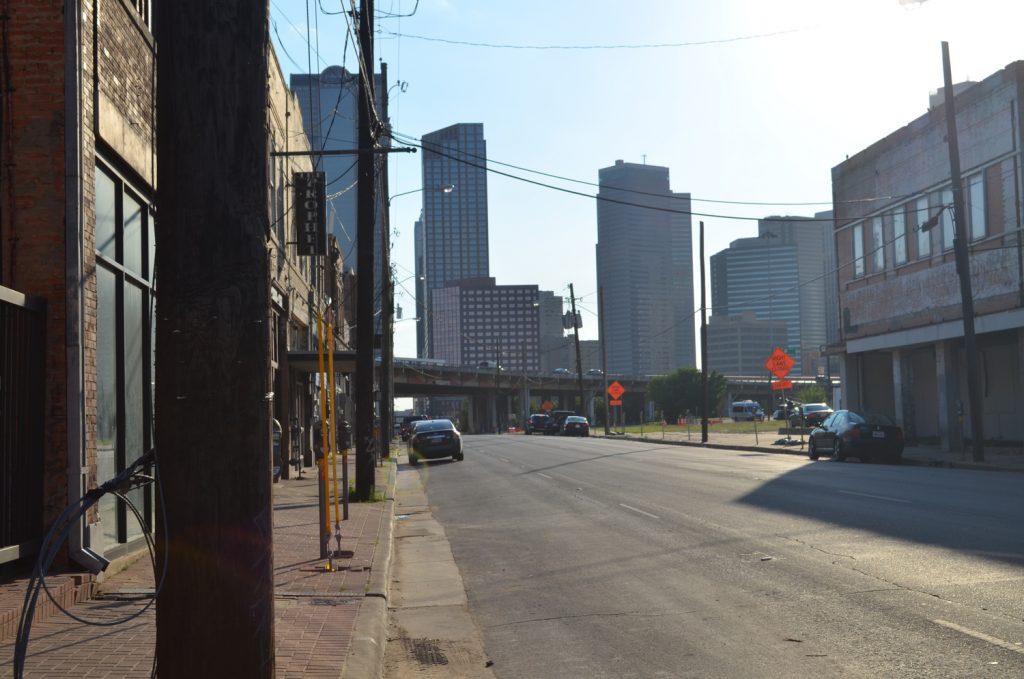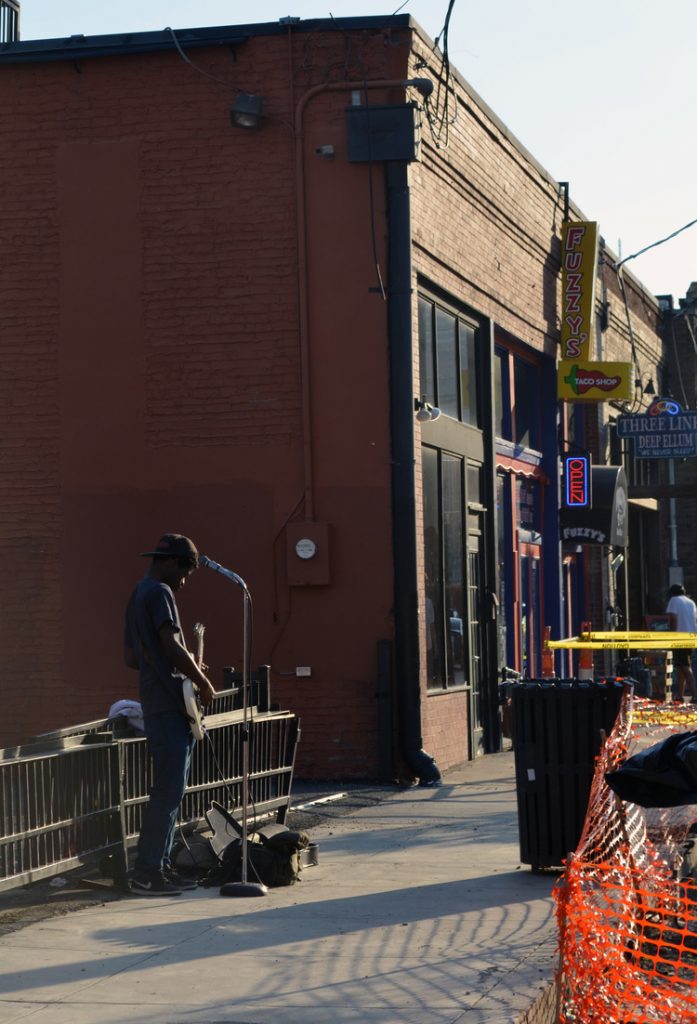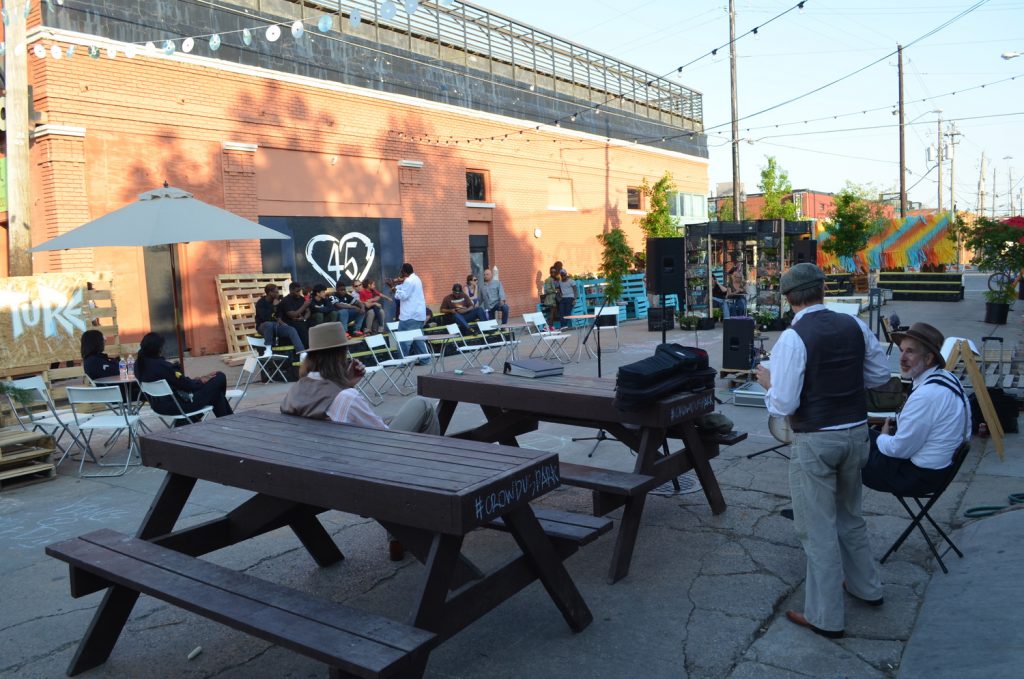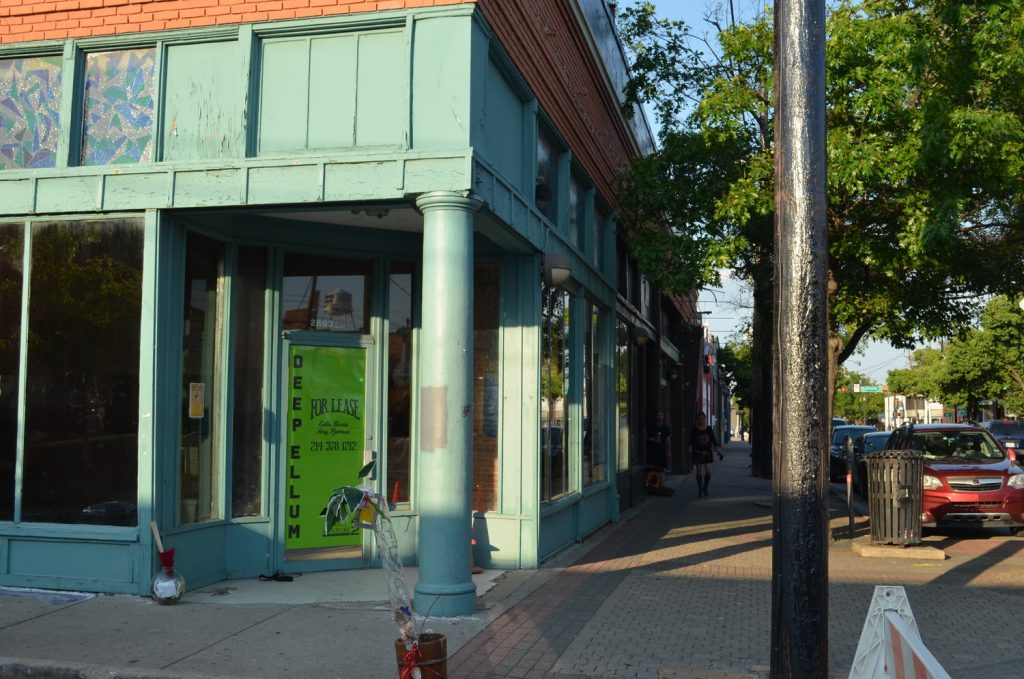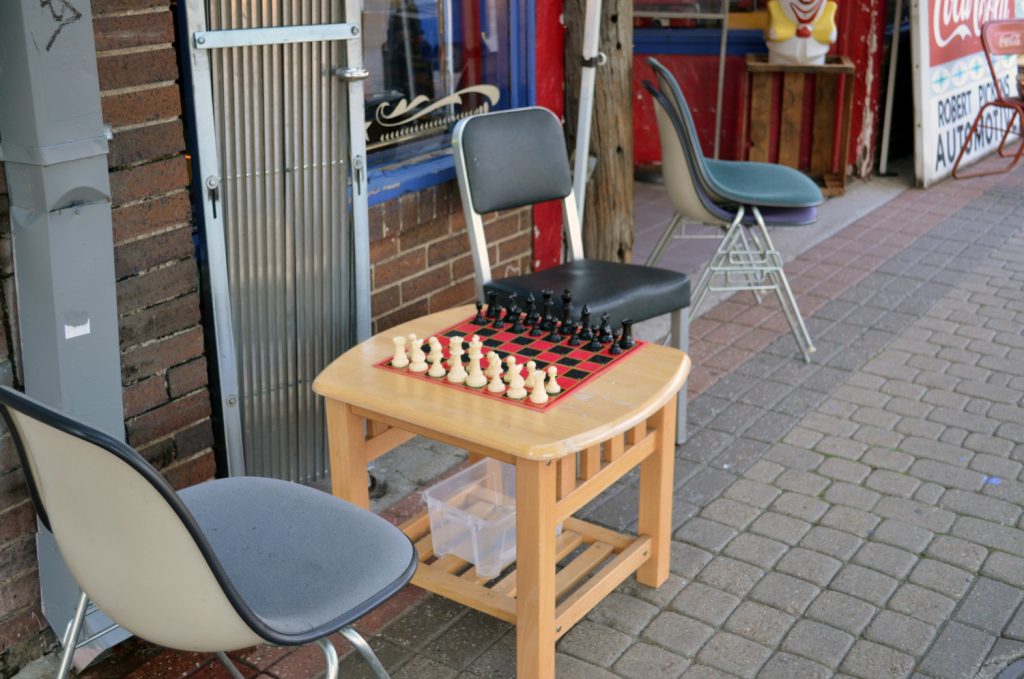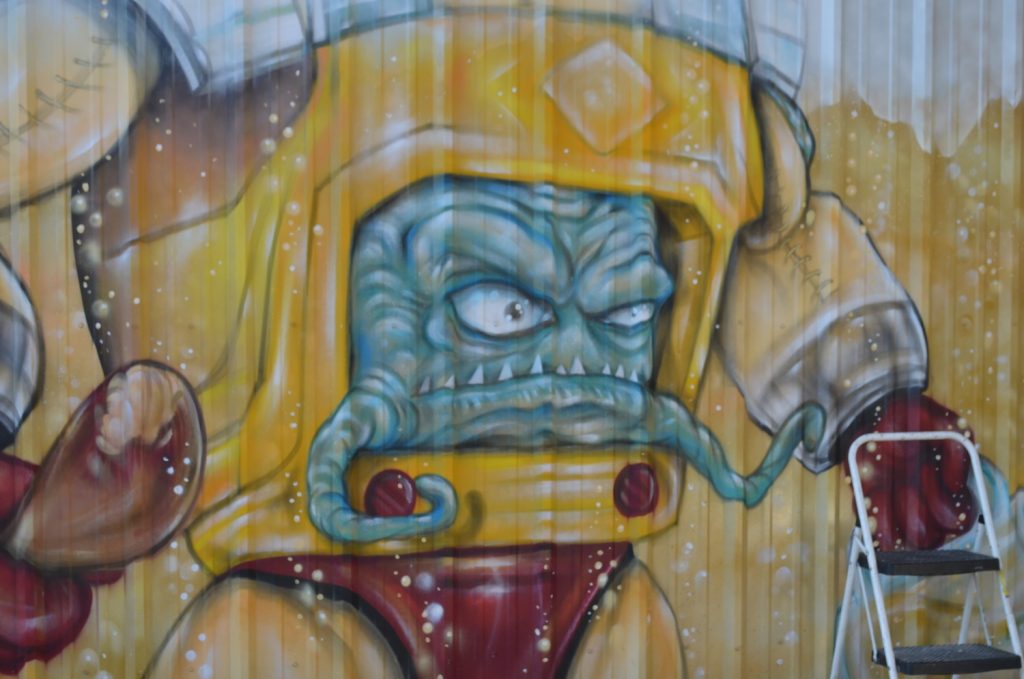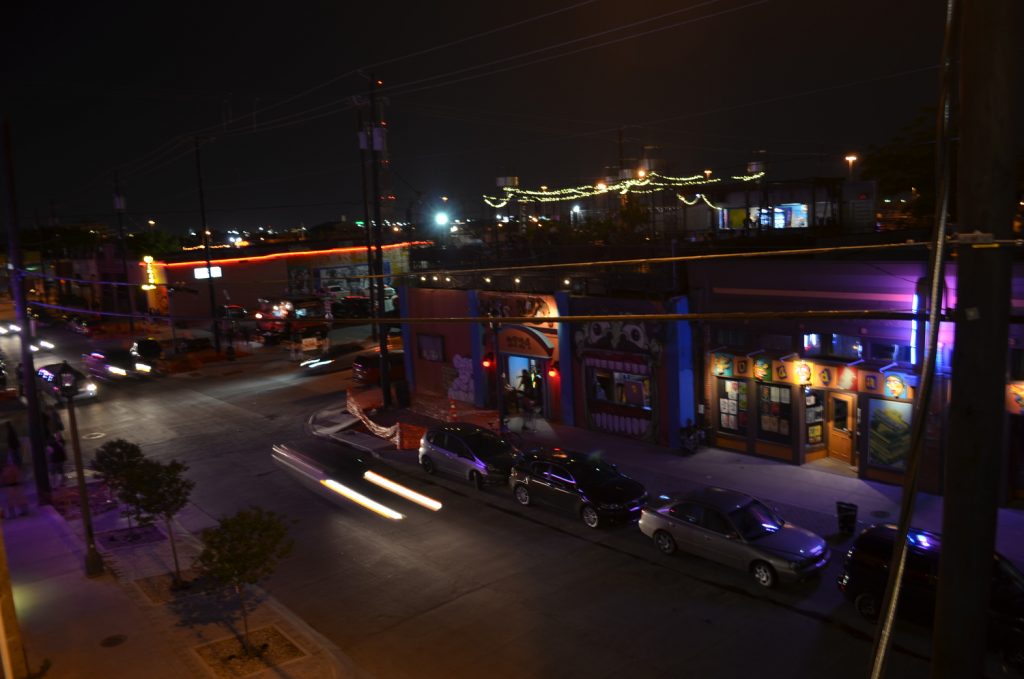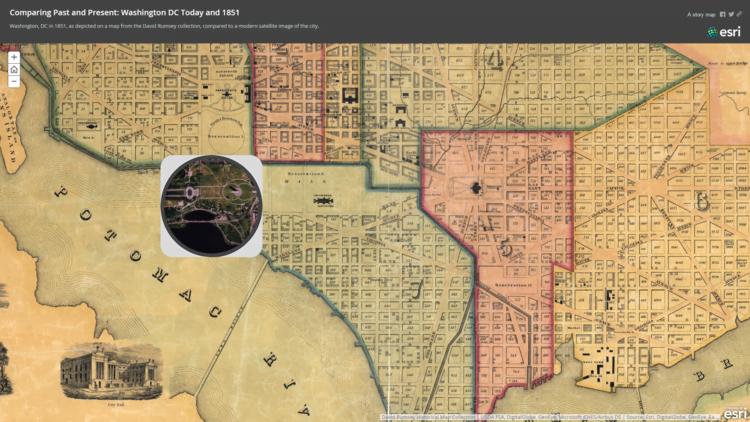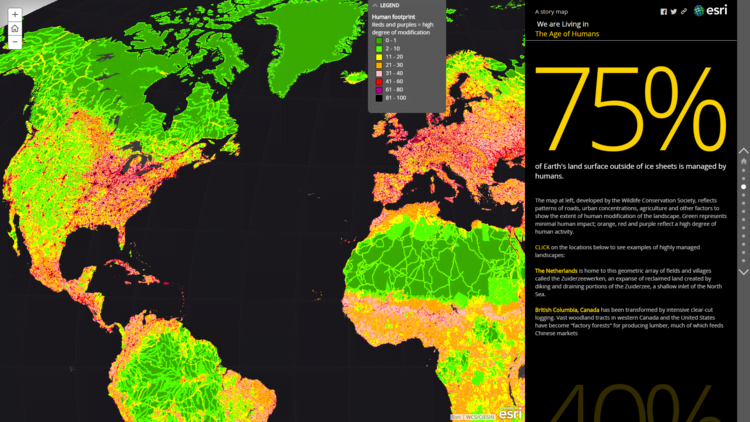Impressions from Dallas Hotel Windows
I suppose in keeping with tradition I will begin my reflections on Dallas from the experience of my hotel window. As an added bonus Dallas provided me with three separate hotel rooms from which to gaze.
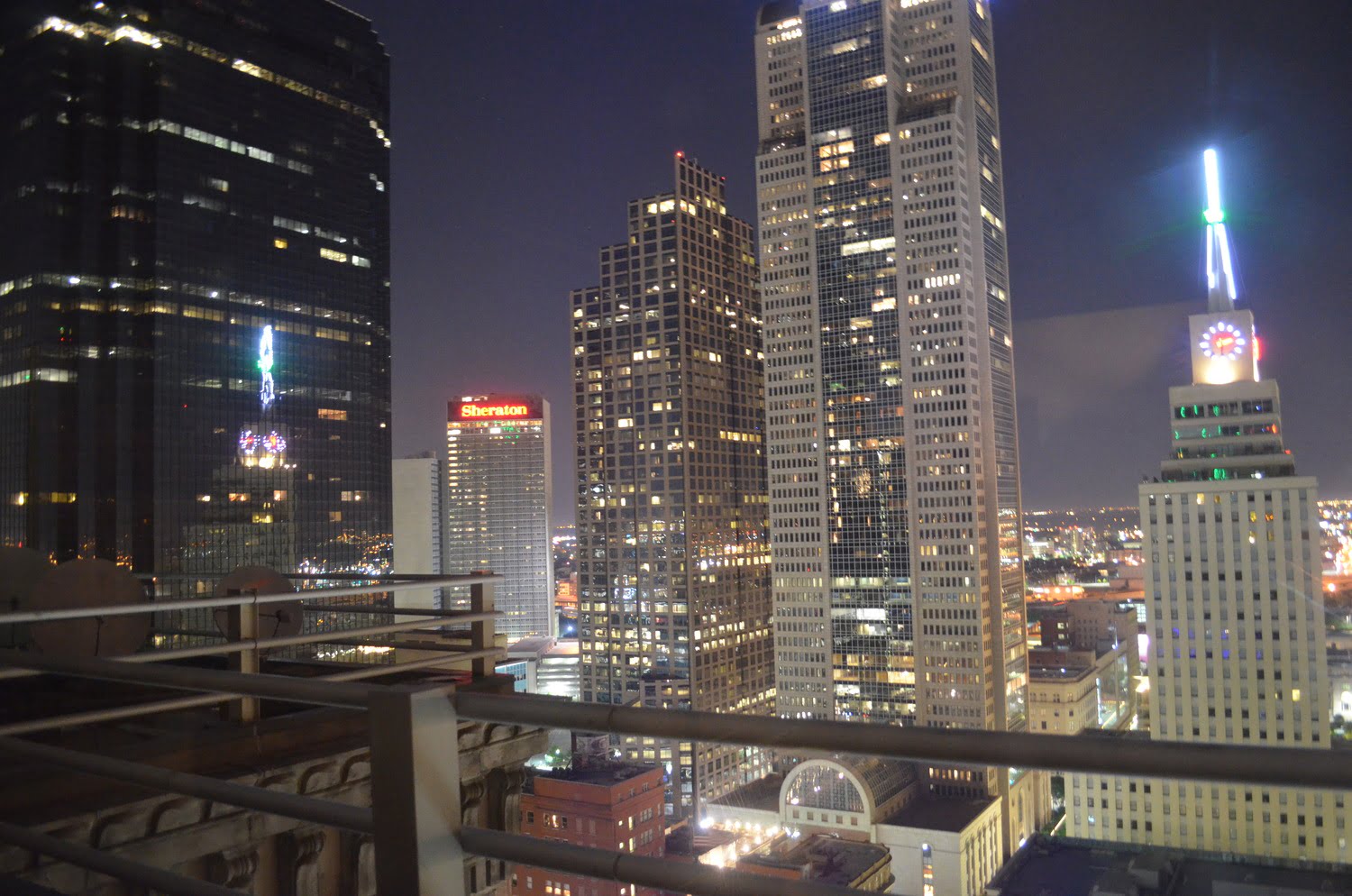
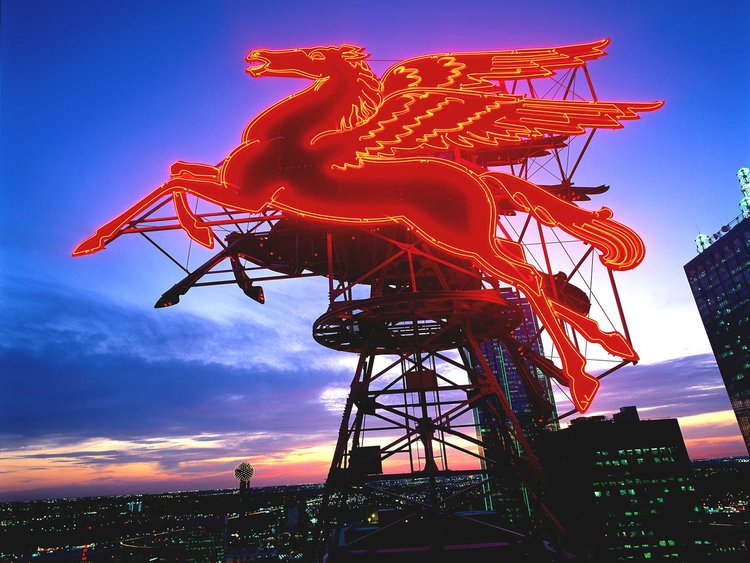
The Magnolia is the heart of historic Dallas. It literally wears as a crown what became the sigul of Dallas itself: the Mobile Oil Pegasus. The Magnolia was originally the headquarters of Mobile Oil. I couldn’t help but think about what kind of power-broker deals and world changing decisions originated at my feet.
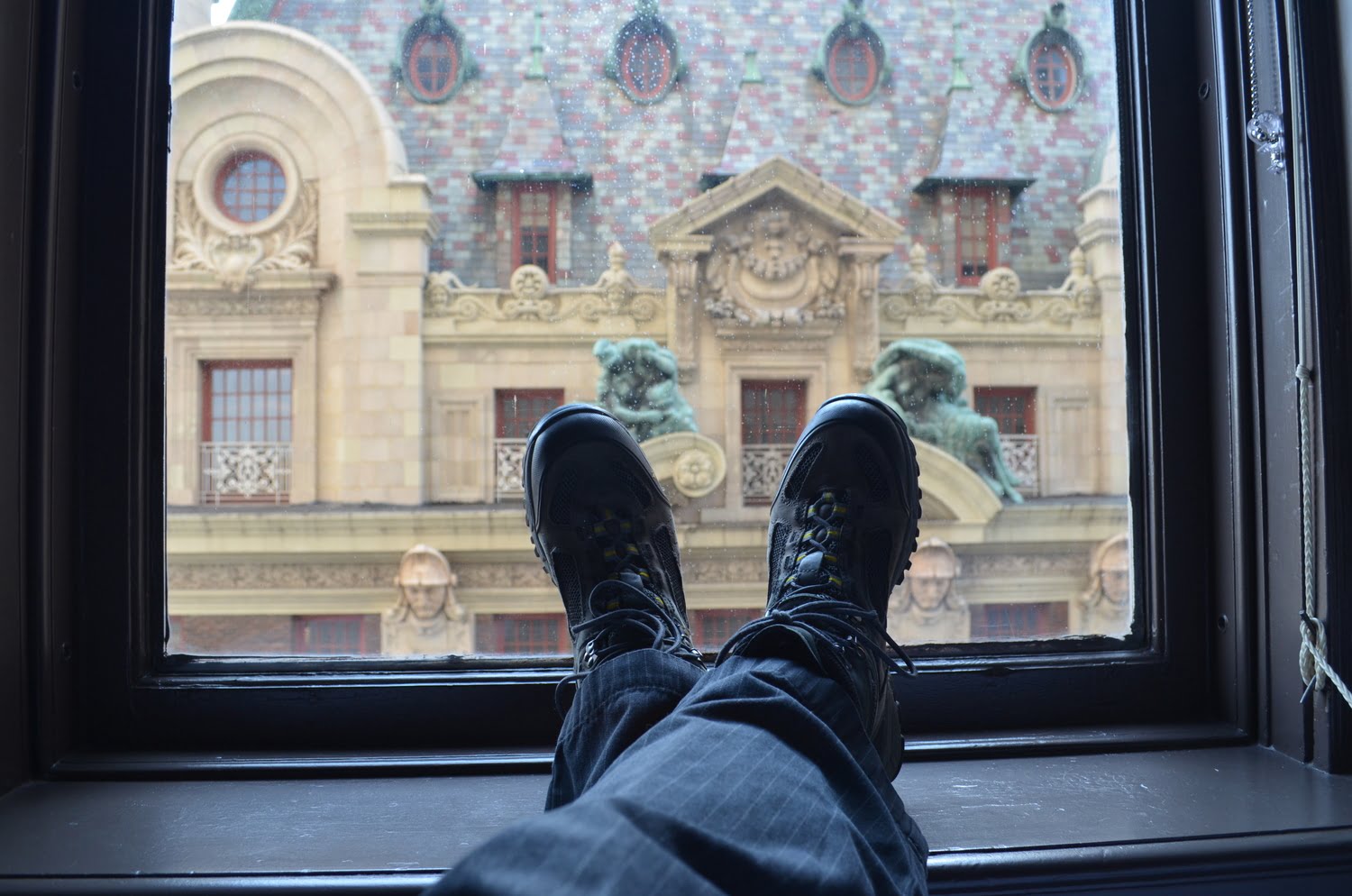
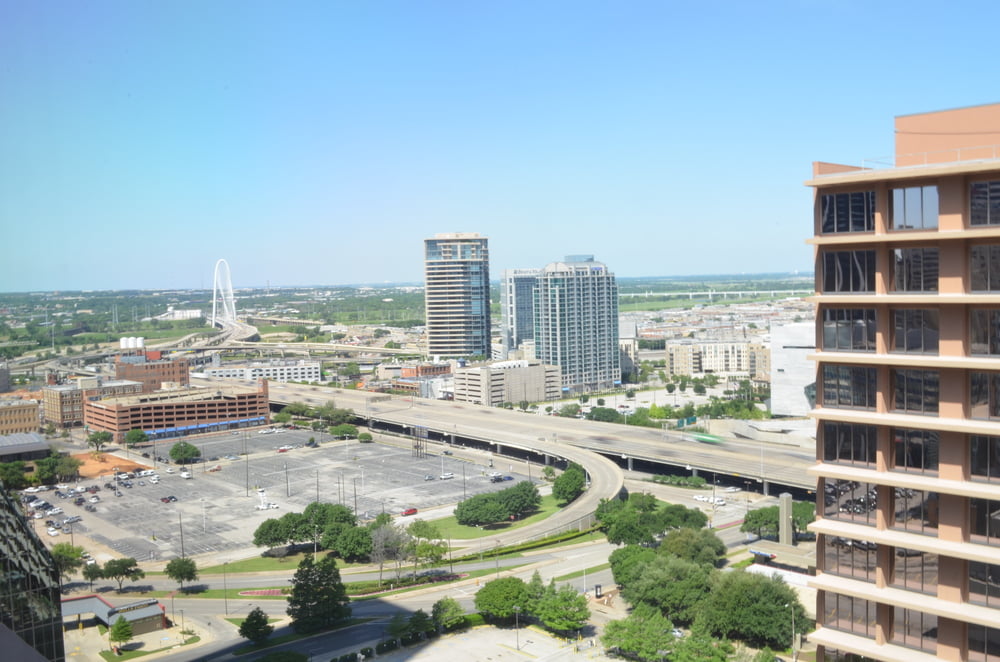
For logistical reasons we moved one more time to an anonymous tall building. The view from which was dissimilar to an airport holiday only in its inclusion of a few tall buildings. In a way this last view is necessary to complete the picture. The heart of old Dallas stands like a copse of majestic trees severed and isolated by a shipwreck of disjointed pavement.
Indeed the Calatrava bridge is beautiful, but sits astride a great anonymous concrete behemoth like the hood ornament on a stretch Escalade. Or worse yet, a tombstone memorializing the vibrant city annihilated by the ubiquitous highway.
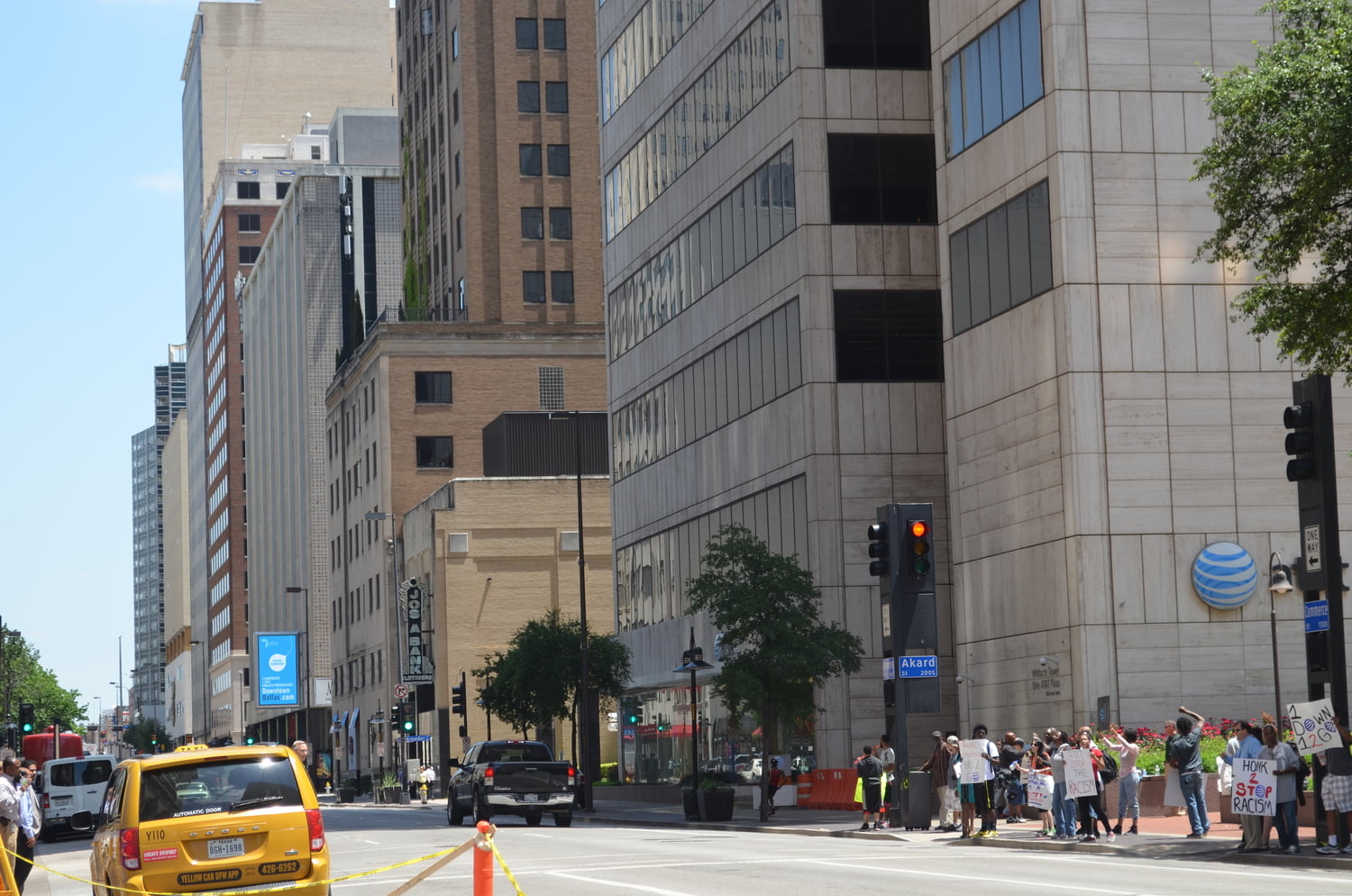
Deep Elm Street
Most of our “off-campus” activities were east of downtown in a neighborhood called Deep Ellum. I suppose this was this year’s equivalent of Elmwood in Buffalo. Deep Ellum is what I call the bricks of a city. Pretty much every city has an area characterized by low-rise brick buildings, a bohemian atmosphere, and lots of small businesses. It’s usually where you will find live music and craft beer. Deep Ellum was lively and had all of these great elements. It has good bones and a ton of potential. The tallness of downtown is a thing best absorbed at a moderate distance. Deep Ellum seems to have adapted by offering numerous rooftop lounges. I highly enjoy that Dallas appears to have enthusiastically embraced the light-show of skyscraper LED lighting.
Nightmare on Elm Street
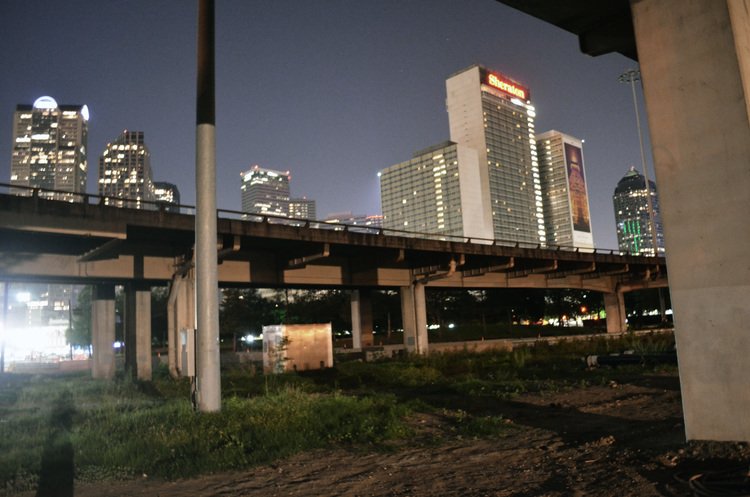
As I mentioned in my previous post, downtown Dallas suffers from what some call its “noose” of highways. Indeed, downtown is cloistered within four walls of neigh-on-impenetrable pavement like an island. I don’t know if it was intentional but by shuttling us between Deep Ellum and Downtown on foot we got to see firsthand how the highway obliterated the city and continues to stand in the way of redevelopment.
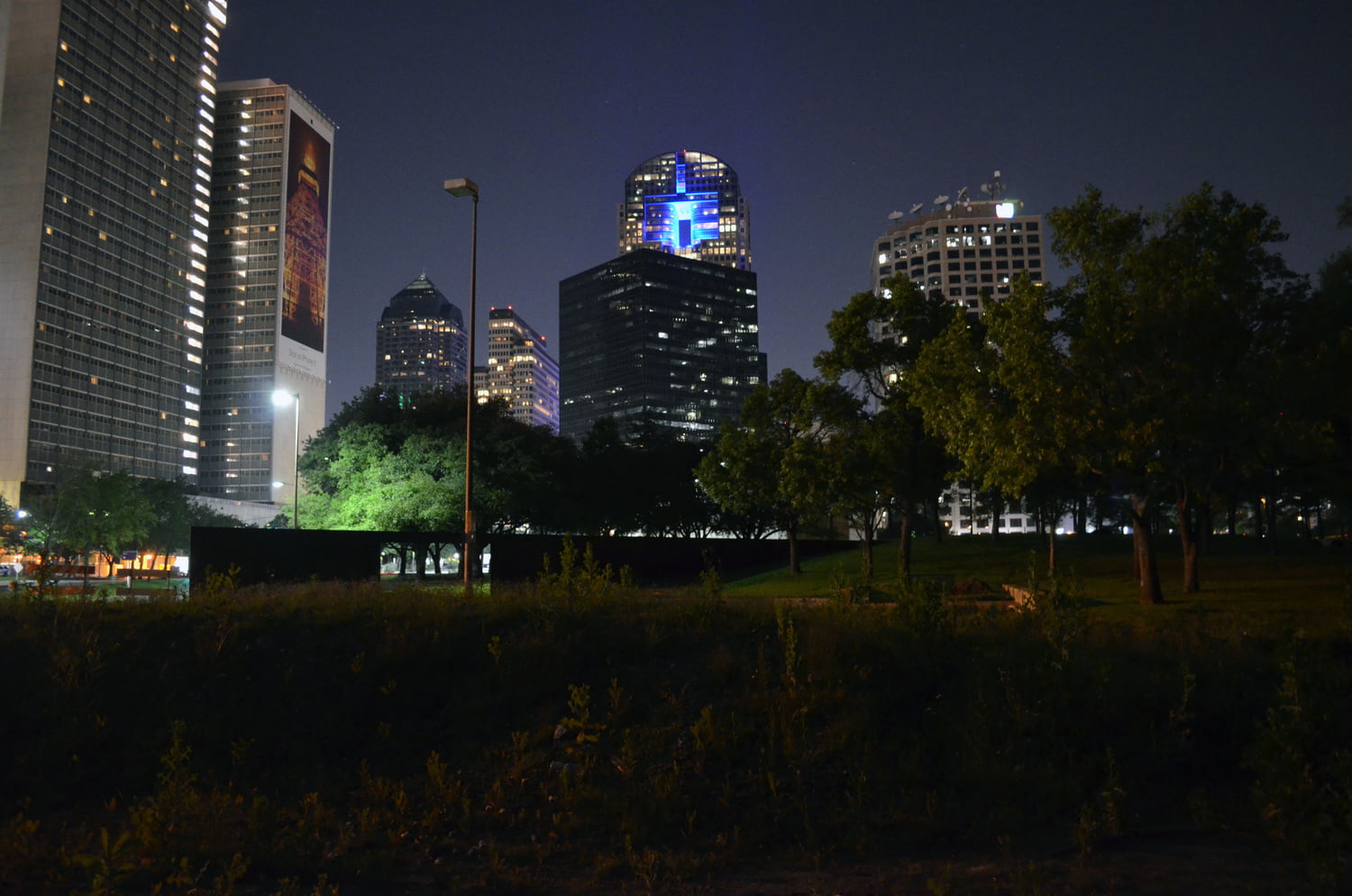
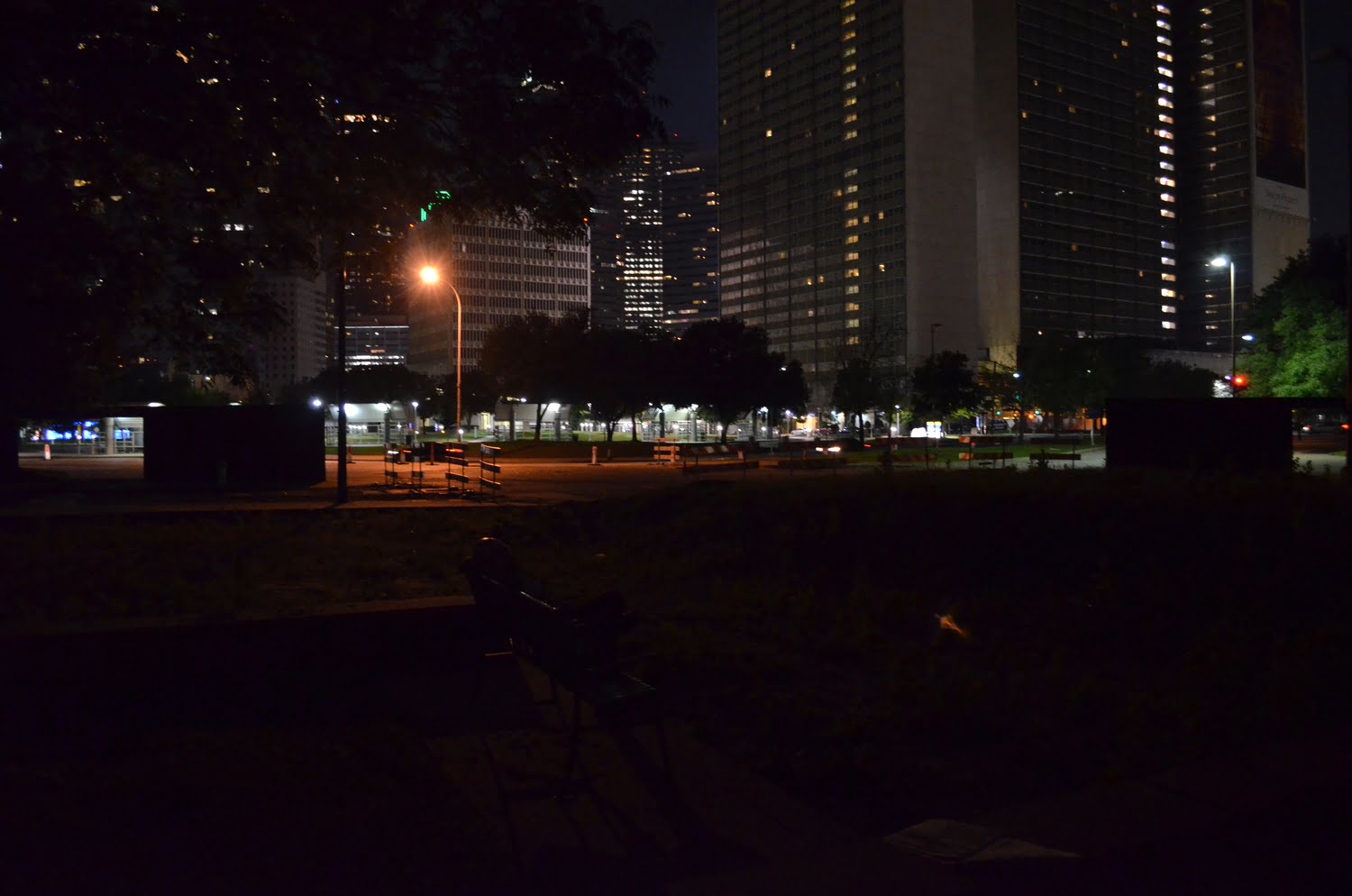
The Uncanny Metropolis

Dallas is truly unlike any city I have ever visited before. The best way I can explain my experience to relay the concept of the uncanny valley. The basic idea is that researchers tested human perceptions of familiarity with artificial representations of natural beings. They found something unexpected. We become increasingly comfortable with forms of a robot as they become more recognizably human until, suddenly, as they get just shy of recognizably human our comfort level plummets. Thus, we perceive anything that is uncannily life-like but not with the utmost revulsion. Corpses, disconnected prosthetic limbs, bad CGI, even bad plastic surgery, are among the things that unsettling us most.
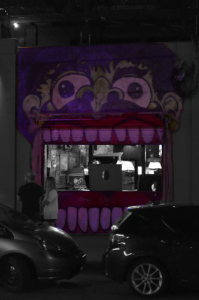
Dallas has reached a point of physical likeness to a city where it has a lot of the right components but assembled in such a way that it’s somewhat unsettling. It is, perhaps, the most random city I have ever been to. Unfortunately, I do not mean that in the way that cities like Austin, Asheville, or Portland are charming and unconventional. I mean that it is utterly fragmented and disorganized. It’s the wrong kind of chaos. One thing I kept noticing is that I don’t think a single stretch of sidewalk in downtown Dallas is made from less than two different materials. In time, I can see how this kind of quirk can become charming but it will take work, love, and sacrifice.
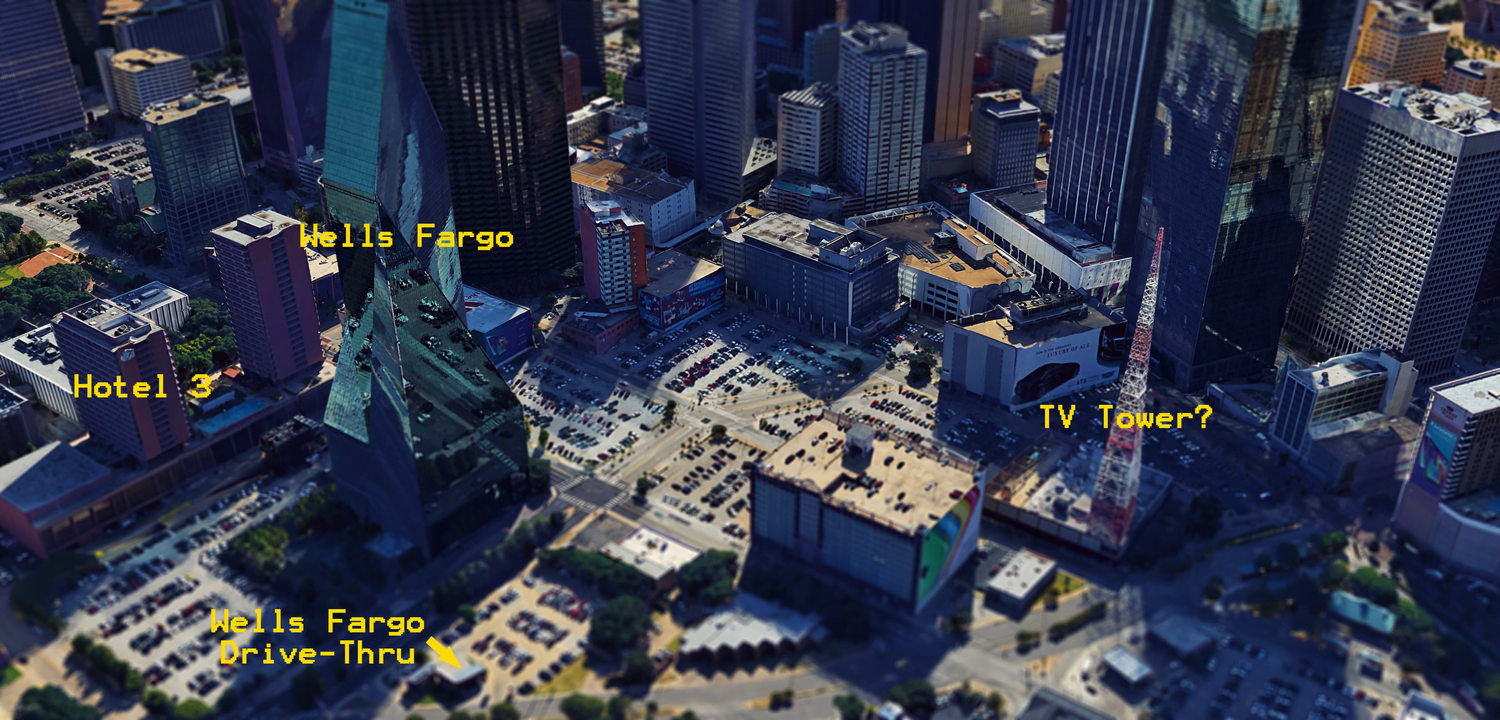
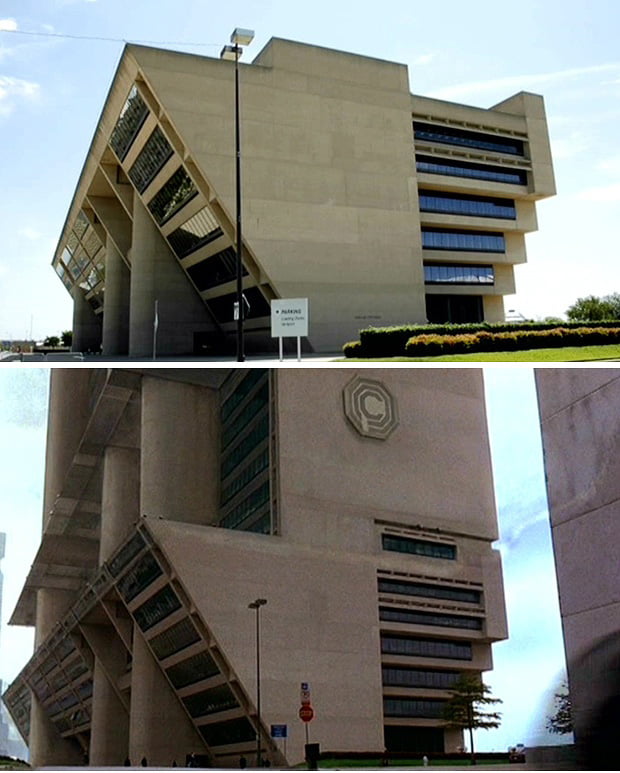
One of my favorite moments walking around downtown was finding this juxtaposition. To the left is Fountain Place. This appears to be I.M. Pei’s dry run for the Bank of China Tower. Among other things it houses Wells Fargo. To the right, directly across the street, is the same drive through Wells-Fargo bank that you would find in Cary, NC or out by the highway next to the airport, or on basically any suburban strip. How does that happen? How can a 63 floor office tower be kittywampus from a drive through with surface parking?
Getting Past the Valley
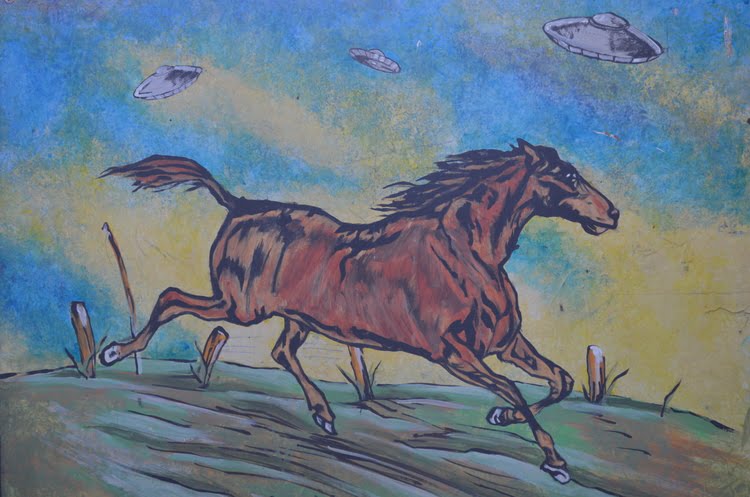
I’m running the risk of sounding like I’m beating up downtown Dallas. This is not at all my intent. If anything I find myself incensed on behalf of downtown Dallas. Dallas and Buffalo could not be more dissimilar in terms of economic growth and yet I found their downtowns oddly similar: a statement which I plan to elaborate on sometime soon. How is this possible? The common denominator, the thing that truly seems to determine the fate of a downtown is not its economy but the extent to which it’s been punished with big projects and bulldozers.

In Klyde Warren Park one can already find signs of Dallas literally burying its auto-centric past. This is a park built on top of one of the “noose” freeways. In addition to providing vibrant recreation space it was designed to reconnect downtown. By contrasting the impact of this park with the sad, dark one we found under the highway we can imagine the future of downtown’s east-side.
In all fairness, my exposure to Dallas was constrained to within the highway walls. I have no doubt that there are more vital and prosperous urban neighborhoods than downtown. To some extent it doesn’t matter though. Dallas has one Pegasus and, broken as she may be, she flies over Dallas’ one true downtown.
